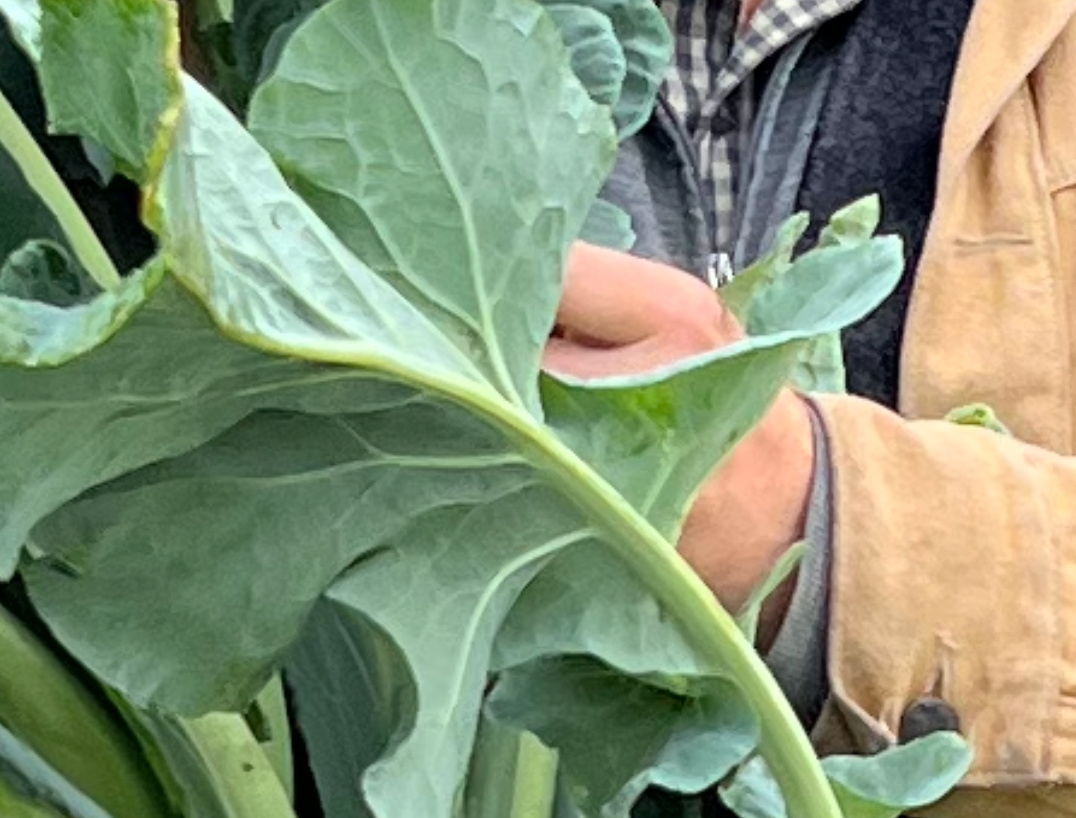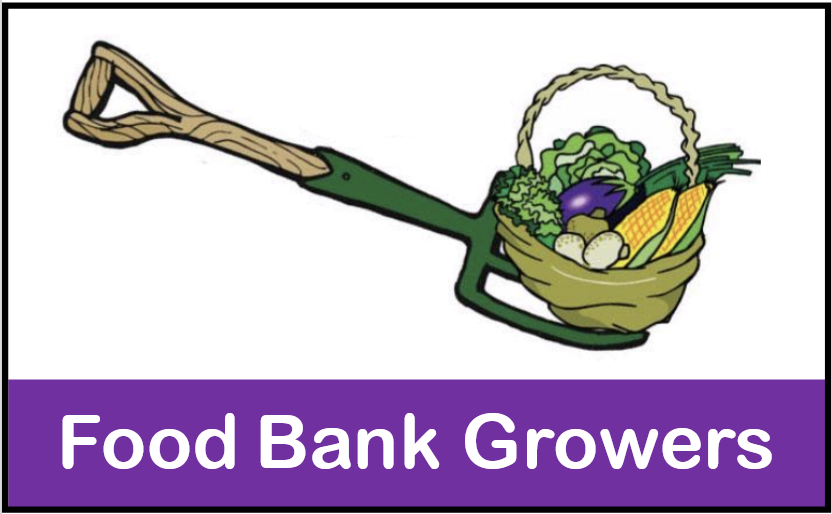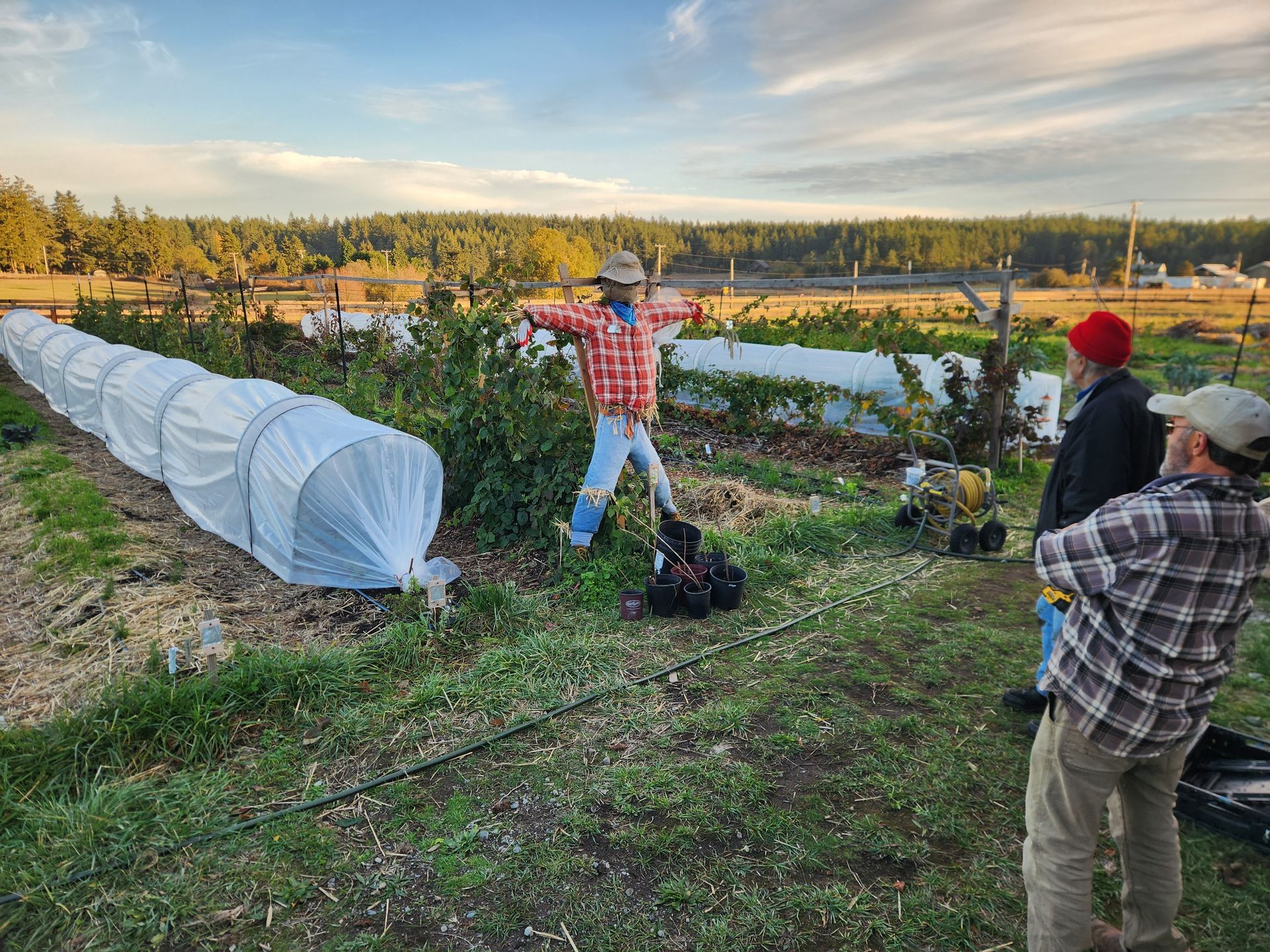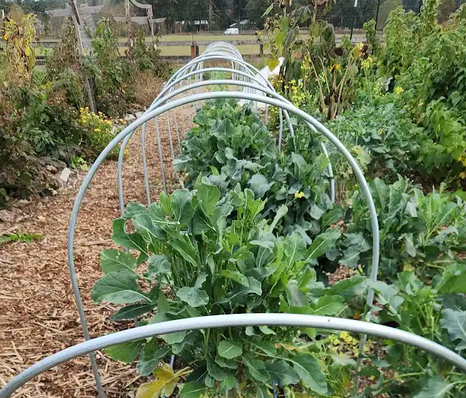Newsletter November 2023

Grabbing the Greens before the Big Chill
In this Issue...
- In the Garden this month…
- Year-to-Date Harvest Numbers
November in the Garden
The forecast for November is warmer and wetter than average. Average is about 49° - 41° F with 0.1 inches of rain a day. With our first frost usually mid-month. This year our first frost was in October, burr. I hope everyone got their row covers on and everything harvested that can not take the chill. Some veggies like/need a chill to sweeten up like Brussel sprouts and sunchokes. Winter apples also need a bit of chill to bring on their full sweetness. We may get to harvest some of these a bit early this year.
Planting: Yes you can still plant in November just not much.
- You can still plant your garlic if you haven’t got it in yet or you find a great deal on acquiring more seed garlic.
- Transplant undercover spinach starts.
- Fava beans and field peas can still be planted in early November.
- Cover crops involving rye, wheat and the above beans and peas.
- Many flowers can be direct seeded now too, along with spring flowering bulbs.
- One Master Gardener I know is using plastic milk jugs as seed starting containers. First, cut the jug mostly open, half fill it with potting soil, and plant spring seeds inside. Then tape the jugs shut and put them outside for the winter. Rain should get in through the top and sunlight through the jug sides should help keep it warm enough. The hope is for healthy starts in the spring.
Harvesting: Fall harvest continues with many celebrations around the bounty of the year. This year apples have been great and the cider flows freely. The early frosts allow us to harvest some of our winter treats a bit early but don’t get too greedy: save some for later. For those winter gardening there will be fresh greens and other treats hidden under cold frames and in hoophouses. Beets, broccoli, brussel sprouts, carrots, kale, kohlrabi, leeks, lettuce, spinach and winter squash.
Winterizing:
- Cold Frames can be made from many materials including straw bales with a window on top. Wood frames are common and used windows are easily available. These frames really help reduce the effects of wind on winter crops.
- Row covers can be placed directly on crops or held above them with a simple hoop frame. This time of year you should switch to a heavy fabric. For those who do not want to use plastics or non-biodegradables in their gardens try covering them with old cotton sheets.
- Cloches can also be used around individual plantings. They will help warm the soil and cut the wind, until they blow over. The round ones can be wiggled into the soil or have solid built up around them to help them stay in place. I have seen stakes/ rebar used to hold them in place and to store them all stacked up. Also sock collars filled with gravel or sand could help hold them in place.
- Mulch, yes, more mulch. It is the blanket we tuck our gardens in with. With the wind picking up, holding our mulch in place becomes an ongoing challenge. There are several possible methods including but not limited to: laying fencing over it, spreading out old sheets held down with rocks or stacks or logs (just watch for slugs), keeping your mulch damp will also help keep it in place.
- Tool care. Now is the time to clean up most of your tools for winter storage. Have a dry place for them out of the weather. Make sure all the dirt is off and they are clean and dry before you put them away for the winter months. Oil or WD40 can help prevent rust and keep the wood lasting longer. Tool sharpening is also a winter task so you might think where that would fit in your schedule before the spring planting rush.
November is a time to celebrate our wonderful harvest and be thankful we live somewhere that we can garden year round.
Happy Thanksgiving everyone and Happy Gardening.
Dianna Wiklund 🌻
FBG Garden Coordinator
Year-to-Date Harvest
13801 pounds of veggies from the FBG Gardens went to these destinations.
- Brinnon Food Bank - 98 pounds
- Coyle Pop Up Food Bank - 440 pounds
- Eaglemount Pop Up Food Bank - 254 pounds
- Port Townsend Food Bank - 2344 pounds
- Tri-Area Food Bank - 6256 pounds
- Quilcene - 1166 pounds
- Recovery Cafe - 43 pounds
- PT Schools - 3130 pounds
Gleaners: 13,000 pounds (more or less)
- Much was given away fresh to the Food Banks, Senior Centers, Soup Kitchens, and the Schools.
- From the fresh apples - 1600 pounds of apple sauce was made and 40 gallons of cider went to the schools.
- The Blue Heron Orchard produces about 2000 pounds of fruit a season for fresh eating.
- And… all gleaners get to take home as much as they want which isn’t counted in these totals.



